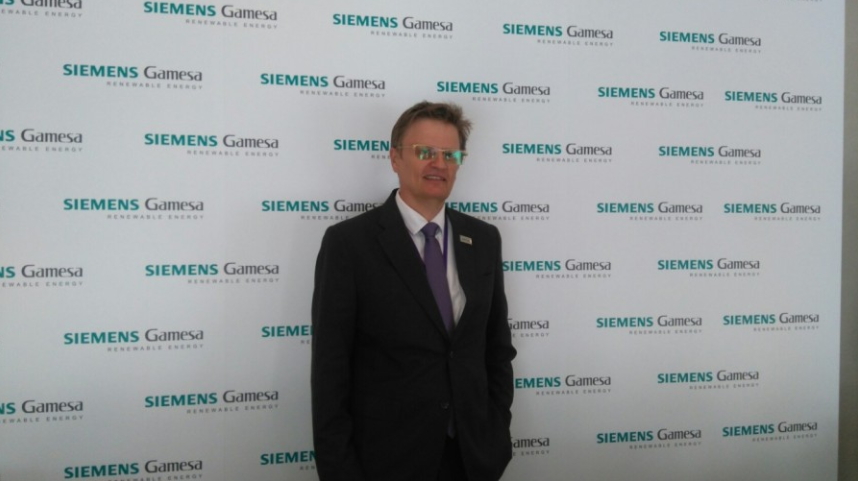Siemens Gamesa to Help Taiwan Meet Costly Goal of Installing Offshore Wind Power

Wind power generation has become a cornerstone of Taiwan’s renewable energy policy, with specific targets set for 2025, as the government chases Paris Agreement carbon reduction targets.
But developing offshore wind power has its cost, roughly double that of onshore production. It costs more because energy must be moved from turbines at sea – and periodically repaired.
It also comes with technical challenges such building as corrosion-resistant towers, offshore moorings and kilometers worth of cables to connect turbines to the power grid. Taiwan aims to generate 5.5 gigawatts of offshore wind power by 2025.
But according to a Siemens report, some countries will generate up to 100.5 gigawatts, making Taiwan a minor player in the global market. Projects also face high costs for repairs and transportation of supplies.
To help Taiwan develop wind power offshore, which also eliminates complaints about noise and blight that might hobble onshore projects, the Spanish firm Siemens Gamesa Renewable Energy hosted a one-day forum for supply chain partners, signaling a commitment to the local market.
Its officials described ways to overcome some of the barriers, including growth of a local supply chain.
Siemens Gamesa is the second largest global wind turbine manufacturer in the world with a strong presence in India and a growing position in the United States, according to a report. In fiscal year 2017 the Spanish company generated revenue of US$7.5 million. In Taiwan, the company already sold two turbines for an offshore wind project led by Swancor Corp. near Miaoli county.
Siemens Gamesa operates about 2,300 offshore wind turbines worldwide, according to a company press release.
The Swancor project called Formosa Phase I started commercial operation in April 2017. The Spanish firm will sell 20 turbines next year 2019 for phase two, according to a company press release.
Local supply chain
This increased demand for the firm’s turbines has prompted Siemens Gamesa to solidify its local supply chain. Typically, a wind turbine has some 8,000 parts and can stand as tall as the Statue of Liberty, according to a website operated by the US Department of Energy.
The size of many parts, such as blades, motors, and tower components, makes local sourcing essential due to otherwise high transportation costs. Quality matters, too, because repair work can be tough, so many manufacturers ask for parts certification and check to make sure the equipment is sound.
“The quality of the components is very important,” said Niels Steenberg, general manager of offshore wind power for then Asia Pacific, at the Siemens Gamesa localization event. Repair work, he said, requires renting a boat at US$300,000 a day for a week.
Taiwan’s lack of a deep-water harbor for offshore wind turbine installation adds a setback. Siemens Gamesa signed a memorandum of understanding with the state-owned shipping company, Taiwan International Ports Corp., in late 2017 to overcome that issue.
Siemens Gamesa’s work in Taiwan will benefit a small local supply chain today with 6 local suppliers and 4 international firms who recently signed MOUs with the company. But those numbers could soon expand, Steenberg said.
Many other turbine makes are eager to enter Taiwan, as it plans to develop offshore wind power in 12 places, mostly on the west coast, according to a European Chamber of Commerce Taiwan report “Energy for the Next Generation.”
Asia’s offshore wind power market is getting bigger every year, Steenberg told the event as cited by Business Next. The market in Asia is lags Europe by about 10 years, he added.
〔Original :Meet Startup @ TW〕https://meet.bnext.com.tw/intl/articles/view/43623